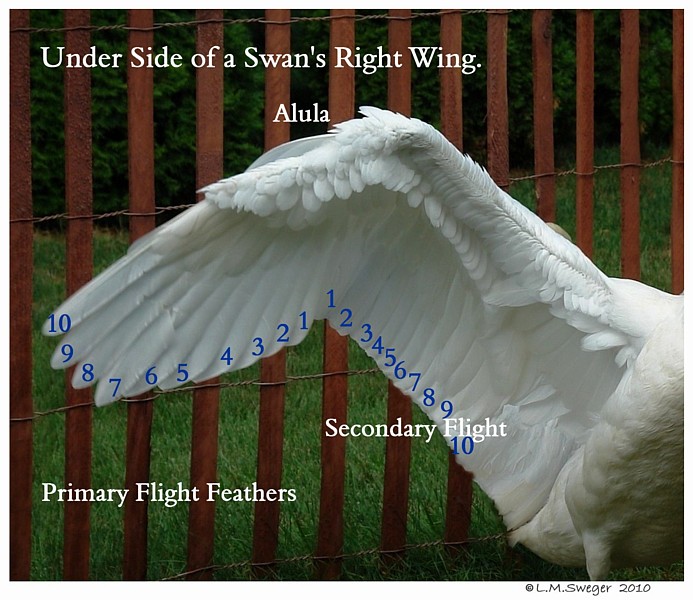
As such, it will be more susceptible to diseases that you might transmit if you treat it bear-handed. Remember that the bird is in the middle of a stressful situation that will weaken its immune system. This will help prevent the transmission of any harmful bacteria or disease between you and the bird while you are trying to treat it. įirst off, to protect yourself and the bird, wear a pair of gloves. After all, you are not only making sure that your bird is treated well enough, but you are also trying to make sure that you are safe while treating the bird. Precautionary measures are important before you try to treat your pet bird’s broken wing.
#Bird wing alula professional
You also do not have to worry because you can actually wrap the bird’s wing yourself before you can get it professional help from a veterinarian.

So, if your pet bird suffers from a broken wing, you need to be able to treat it right away to allow it to recover quickly. In some cases, a broken wing can even be detrimental to your pet bird’s survival. This can be quite problematic in your case because this can be pretty traumatizing for a bird that really loves flying around. That said, the risk that your pet bird will suffer from a broken wing is pretty high, especially if it is rather playful. As such, a broken wing is something that is very common of an injury in a lot of birds. A bird’s bones are so fragile that it can be quite easy for them to break their wings something hits them hard enough. However, when you consider how light and hollow a bird’s bones are, you also have to think about how fragile those bones are. These tiny alula may look small but the shaft we don’t see on the largest alula is nearly half the length of the visible feather.Arguably the biggest reason why birds are able to fly is that they have bones that are so light that they won’t weigh the bird down whenever it is flying.

The alula help to stabilize the bird and maintain a gradual descent for an appropriate landing.

These feathers are also used to slow down and land effectively, the same way an airplane pilot raises those flaps for landing a bird must precisely align their alula so they can come in smoothly to reduce turbulence without stalling or crashing. By being able to move just a tiny group of feathers a bird can effectively turn, rise, stop, and pivot in the air without drastically reducing speed. If every bird had to fly at high speeds all the time they would likely be crashing, missing landings, or dropping out of the sky because of the drag needed to move their entire wing. These feathers are incredibly important for control, without them a bird would have to be flying at high speed all the time in order to control their movements.
#Bird wing alula full
Using those tiny feathers allows the bird to ascend or descend without creating the massive amounts of drag present in full wing movement. When a bird slows down they pull out their alula and create a small gap between the alula and the wing’s surface, this small gap gives the bird a greater angle of attack, creating lift. If you’re flying slowly you can’t move your whole wing, too much drag is created and the bird will just fall, that’s where the alula come in! Typically that’s how you’ll see the alula, closed against the wing because typically birds are flying pretty fast, as a result a slight change in wing movement can cause their bodies to ascend and descend fast enough not to need alula, but what about when they slow down? In this position the feathers are most aerodynamic, reducing any drag to allow the bird to pick up speed. When not in use the Alula will lay flush against the edge of the wing and pressed against the wing’s surface. They may look like nothing but those tiny feathers are key when it comes to controlling flight.

There can be anywhere from 2 to 6 alula depending on the species! Alula feathers, sometimes known as ‘winglets’ or 'the bastard wing’, are those small feathers that sort of resemble miniature primaries on the top side of the wing.


 0 kommentar(er)
0 kommentar(er)
